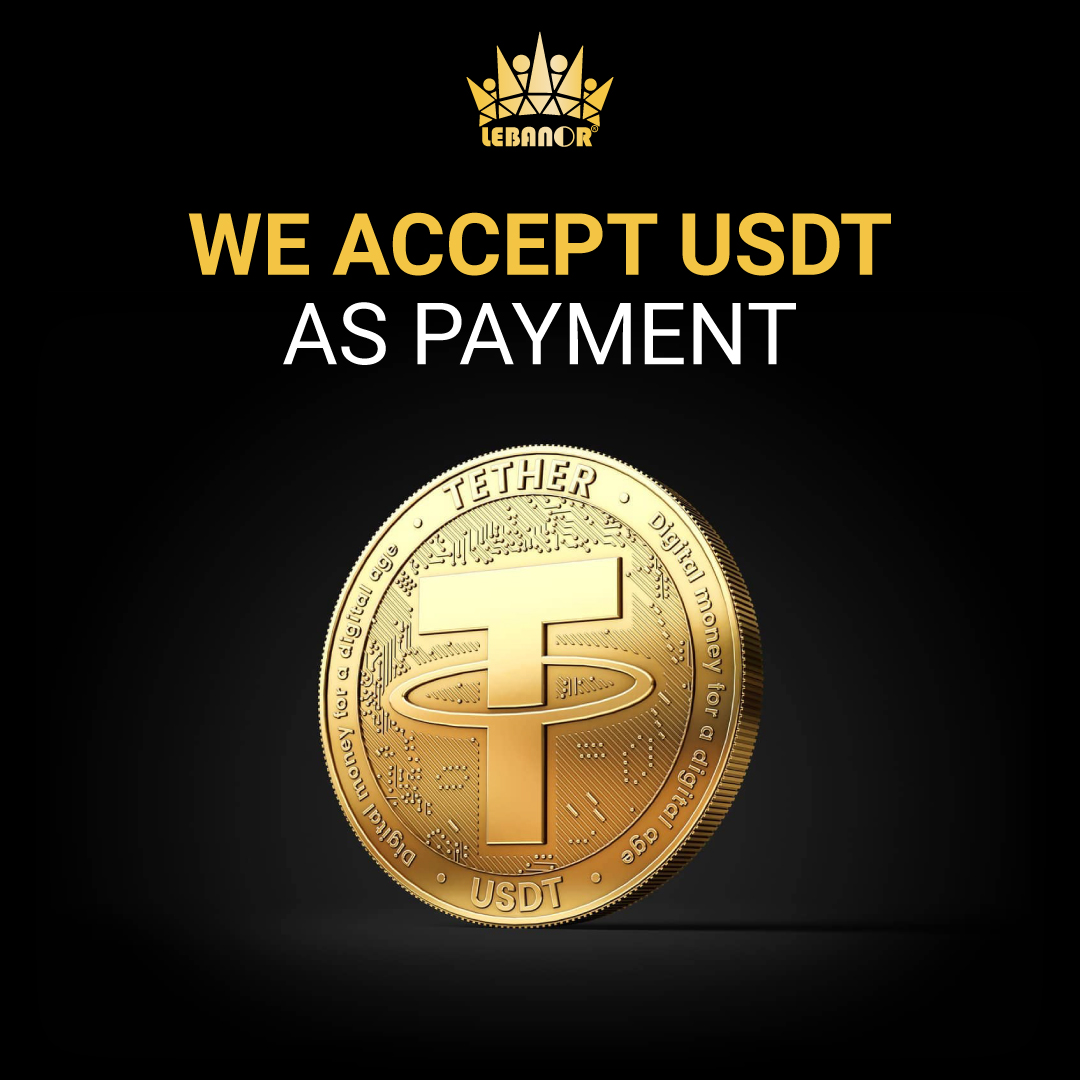Marriage of Gold and Cryptocurrencies: A New Future?
The debate between relatively new digital cryptocurrencies versus ‘tried and true’ gold has dominated most precious metals-related websites. But what if gold and cryptocurrencies were combined? According to a Bloomberg article an NYC Real Estate Mogul, after learning about cryptocurrencies from his son, is putting this concept to work by securing a minimum of $6 billion in gold reserves to back his new cryptocurrency.
The concept of pegging a digital currency to an external reference is not a new one. Called stable coins the idea is to back the currency with something permanent. Using gold reverts currency back to the origins of how our traditional banking system started and helps ‘stabilize’ price instability.
In the future, will digital currencies (when combined to physical gold or physical silver) offer a new opportunity for re-inventing the old banking system? Today banks and governments rely upon one another.
They both serve the economy but are interlinked in such a way that one can save the other in times of turmoil – governments step in to save banks and banks, in turn, support the government through bond purchases.
The Historical Failings of Fiat Currencies are Repeating
It was not always this way, on the other hand, looking back to history, fiat currency grew out of a barter system, where families or companies issued transferable notes against their hard assets. Those notes [ie. 1oz notes of Johann’s gold vault in Dusseldorf] were exchangeable into physical assets. The buying power value of a note was directly tied to the credibility of the issuer. Also, notes which could not be converted into the hard asset, usually silver or gold, were considered fraudulent.
References to government-issued notes date back to the 1300s in China. Western world governments were issuing credit notes ‘paper money by the 1700s, with these notes backed by a ratio of gold and silver. On the other hand, during times of war, countries would turn to ‘fiat currencies. For instance, the US government halted notes backed by gold as well as silver during the American civil war. To fund the war effort, the government issued a fiat currency referred to as “Greenbacks”.
Moving forward government-issued money was exchangeable for gold upon demand in the 19th and early 20th. Under the gold standard, a country’s physically available gold supply limited the amount of money that the government could issue. As such, all currencies on the gold standard system had fixed exchange rates. However, problems with this system ensued during WW1 as warring countries found it necessary to dramatically increase domestic money supplies. Stresses in the system developed. By the end of the Great Depression, most countries had canceled the currency for gold redemption policy. Also, in August 1971 President Nixon permanently canceled the convertibility of dollars into gold.
Gold-Backed Cryptocurrencies – The Future?
Today central banks issue their own paper currency whenever needed. This is where trouble can begin. How much paper issuance is too much? And how much is too little? Also, which amount of issuance will keep the government in power for the longest period of time? Who gets to decide what problems are important enough to ‘need’ issuance and what is not important enough?
One of the benefits that both gold and cryptocurrency investors point out is that these assets are an alternative to government-issued fiat currencies that are plagued with the ‘troubles’ above.
Referring back to the concept introduced above of combining gold with cryptocurrency plants the seed of an idea that would come full circle back to private hard asset pools for which a representation of that pool is accepted as currency. Importantly the asset pool is not a government entity – or even owned by one person. Moreover, It is important that there is no scheme method plan, acceptable amount of leverage or printing of the hard assets.
We are not endorsing the fund proposed by the NYC Real Estate Mogul: but the concept of how it could change the banking system as we know it today. And as stated in the opening paragraph it combines the benefits of the new digital age of cryptocurrencies with the ‘tried and true’ hard asset of gold.
Let us imagine that Jeff Bezos bought up 20 gold mines with a total contained gold of 50 billion ounces. Next, let us imagine that he created and issued a digital currency backed by this gold. If Jeff pledged that any holder of the digital currency could turn up at the mine and exchange the digital currency for an ounce of gold and that his digital currency would never exceed the ounces backed by the gold … would you use that digital currency? As cryptocurrencies evolve, having a ‘hard asset’ to back them could become paramount!
The above example is exactly akin to what the Bloomberg article suggests is happening. It is clear that a marriage of digital currency to physical gold would pull the value of physical gold far higher than it is today and could return it to a larger role in the money system.
Buy gold coins and bars and store them in the safest vaults.



